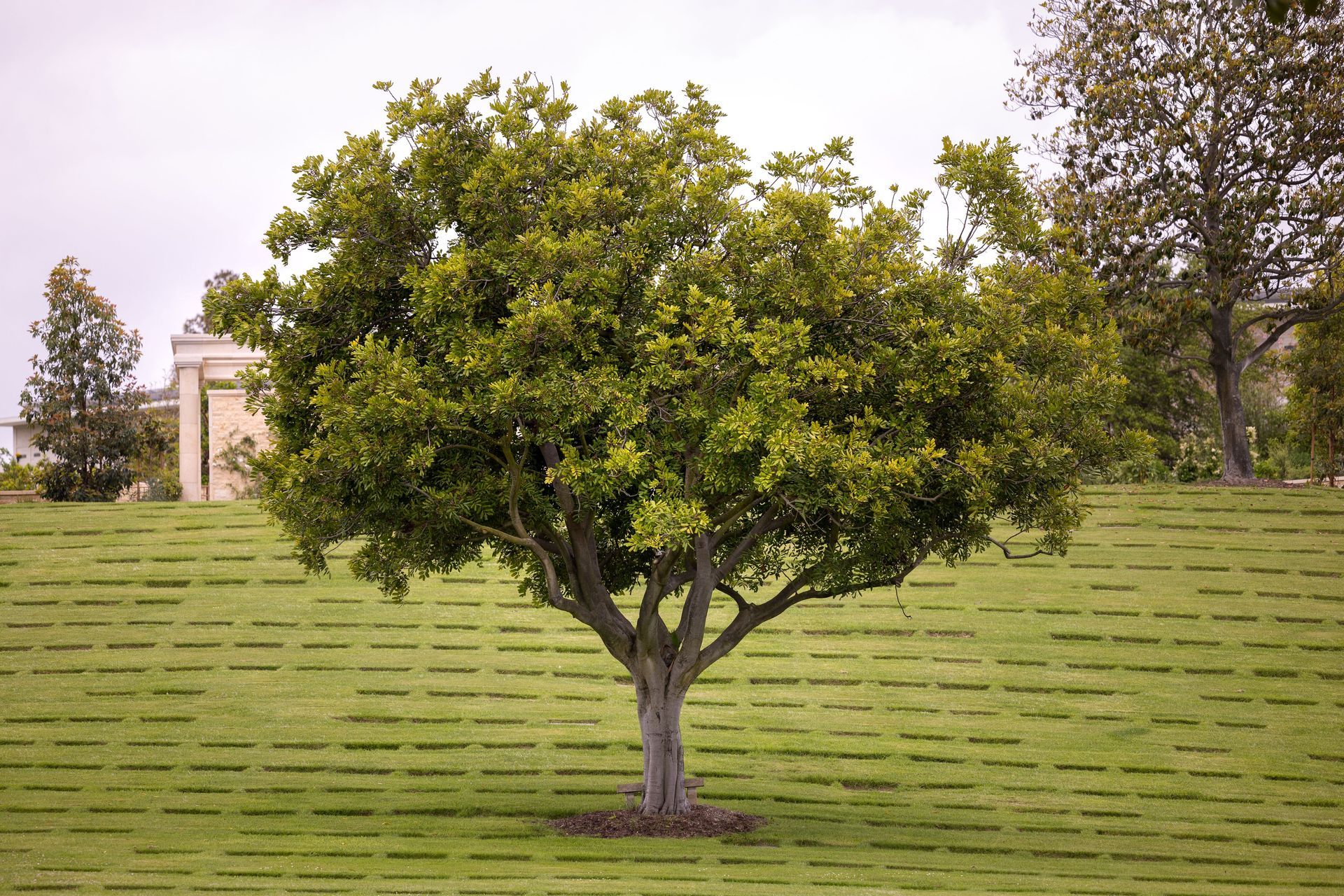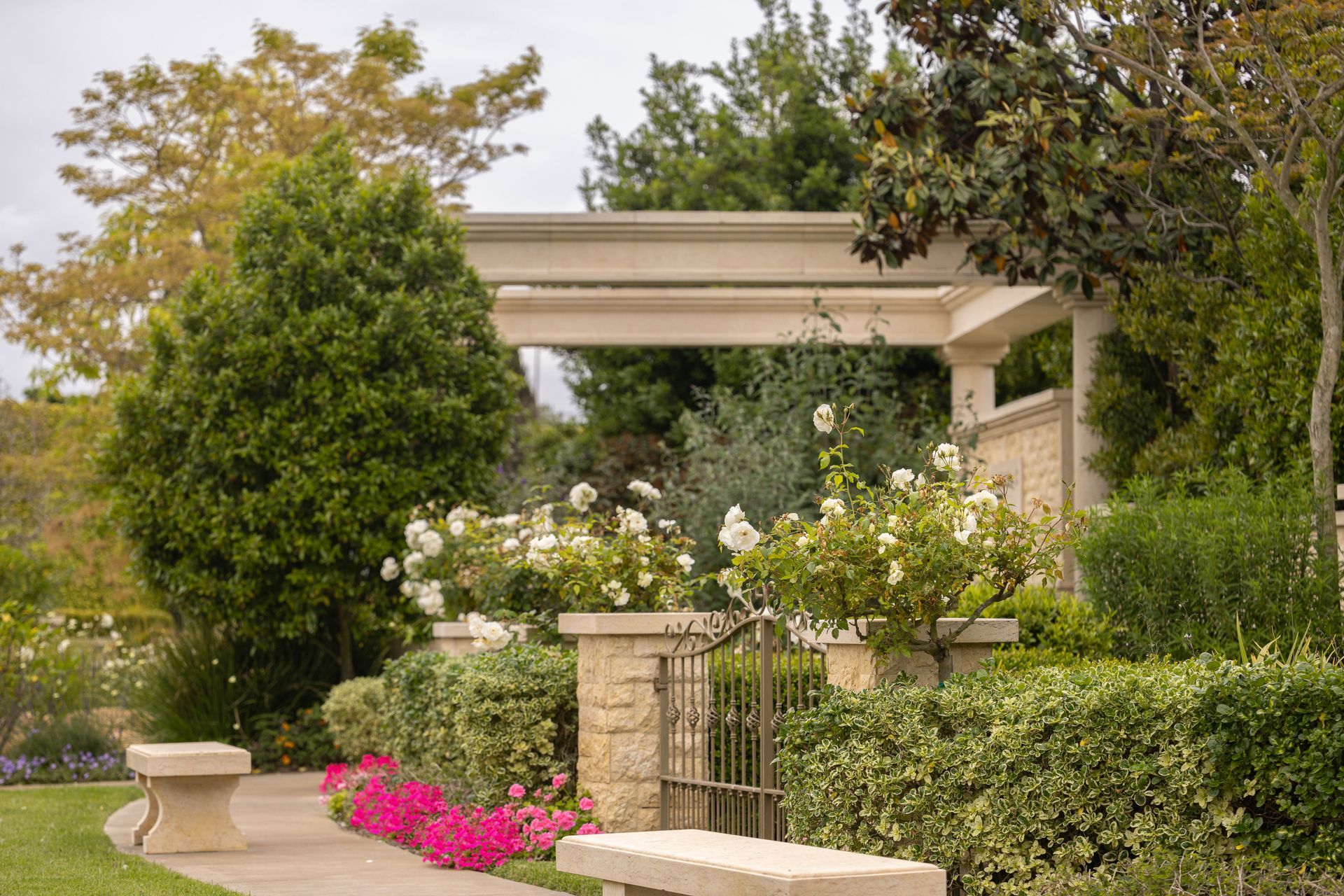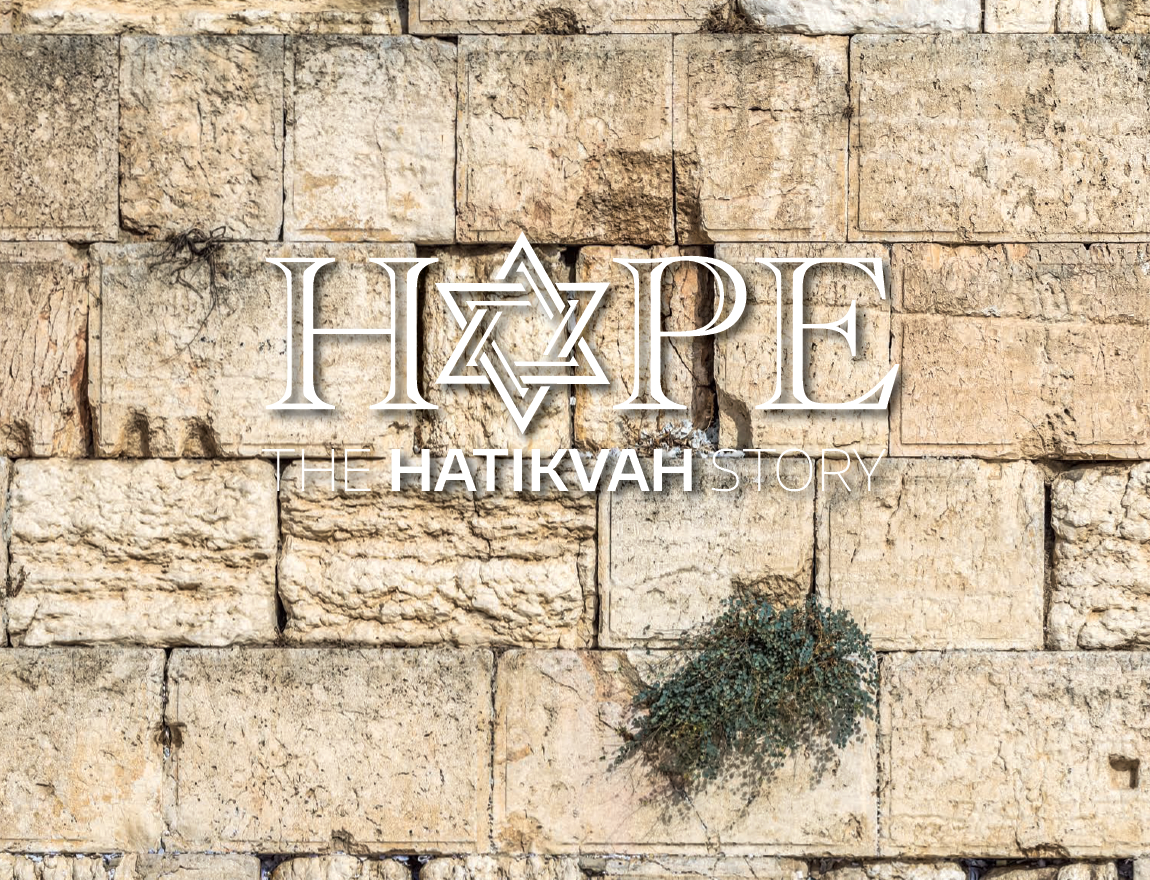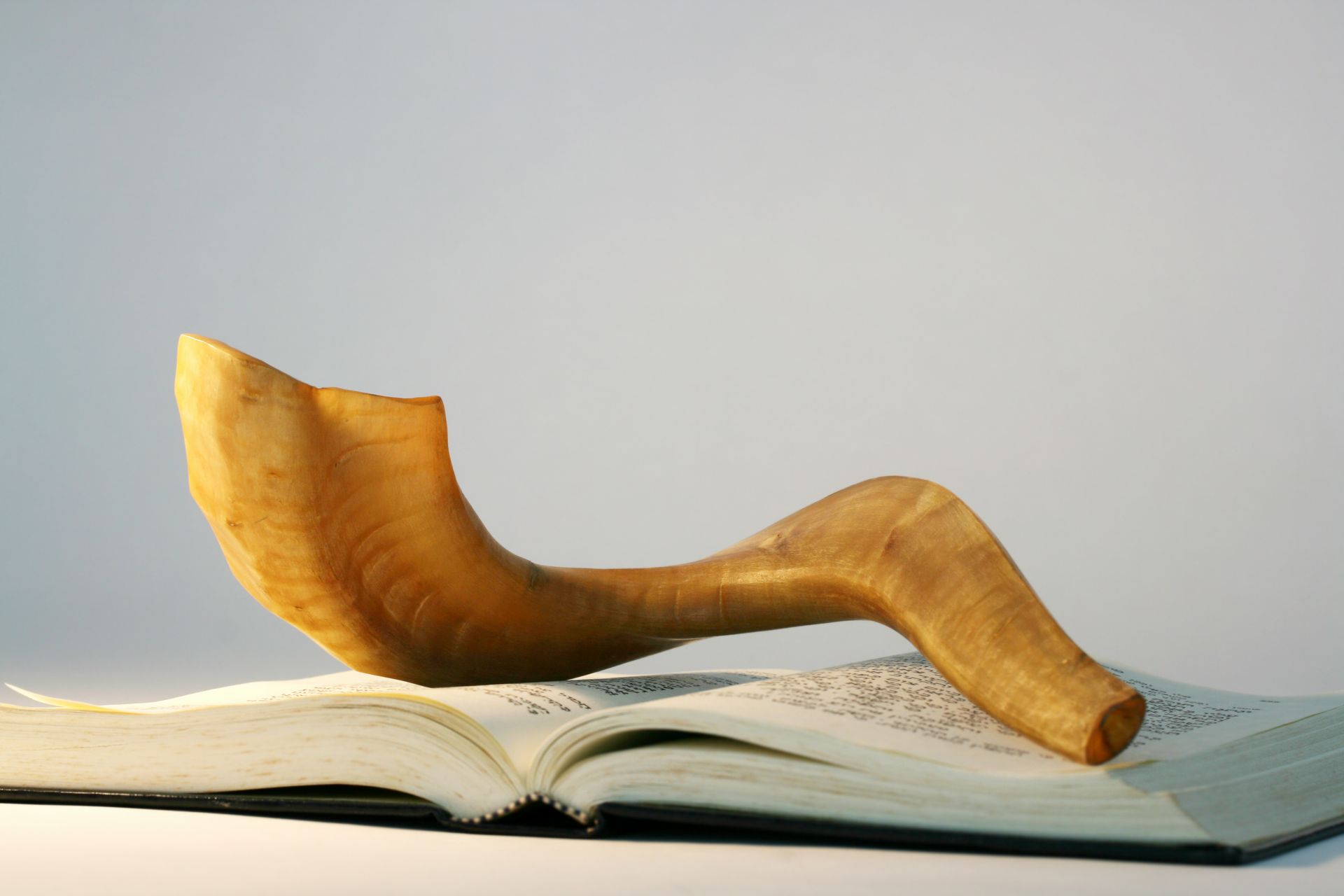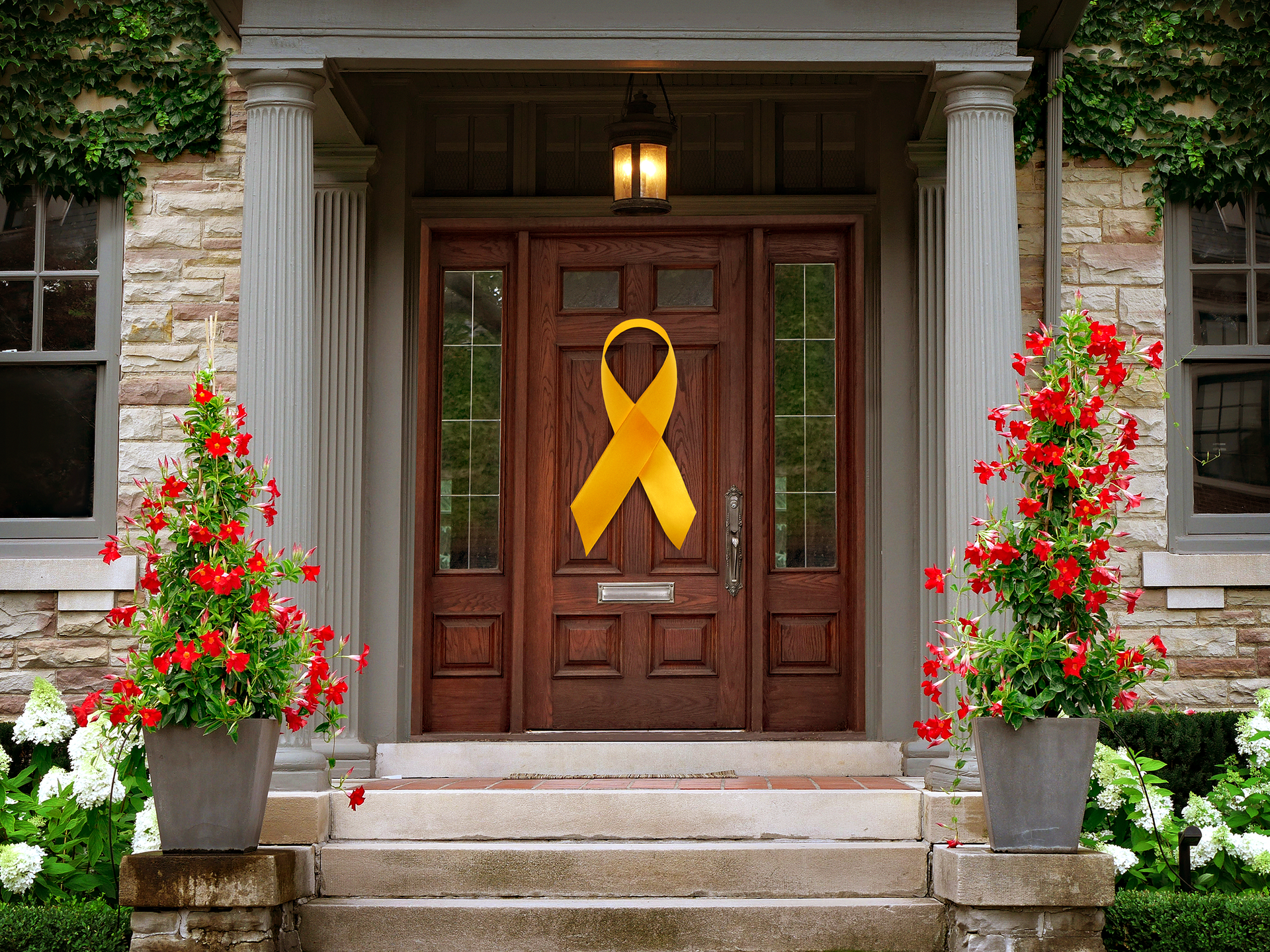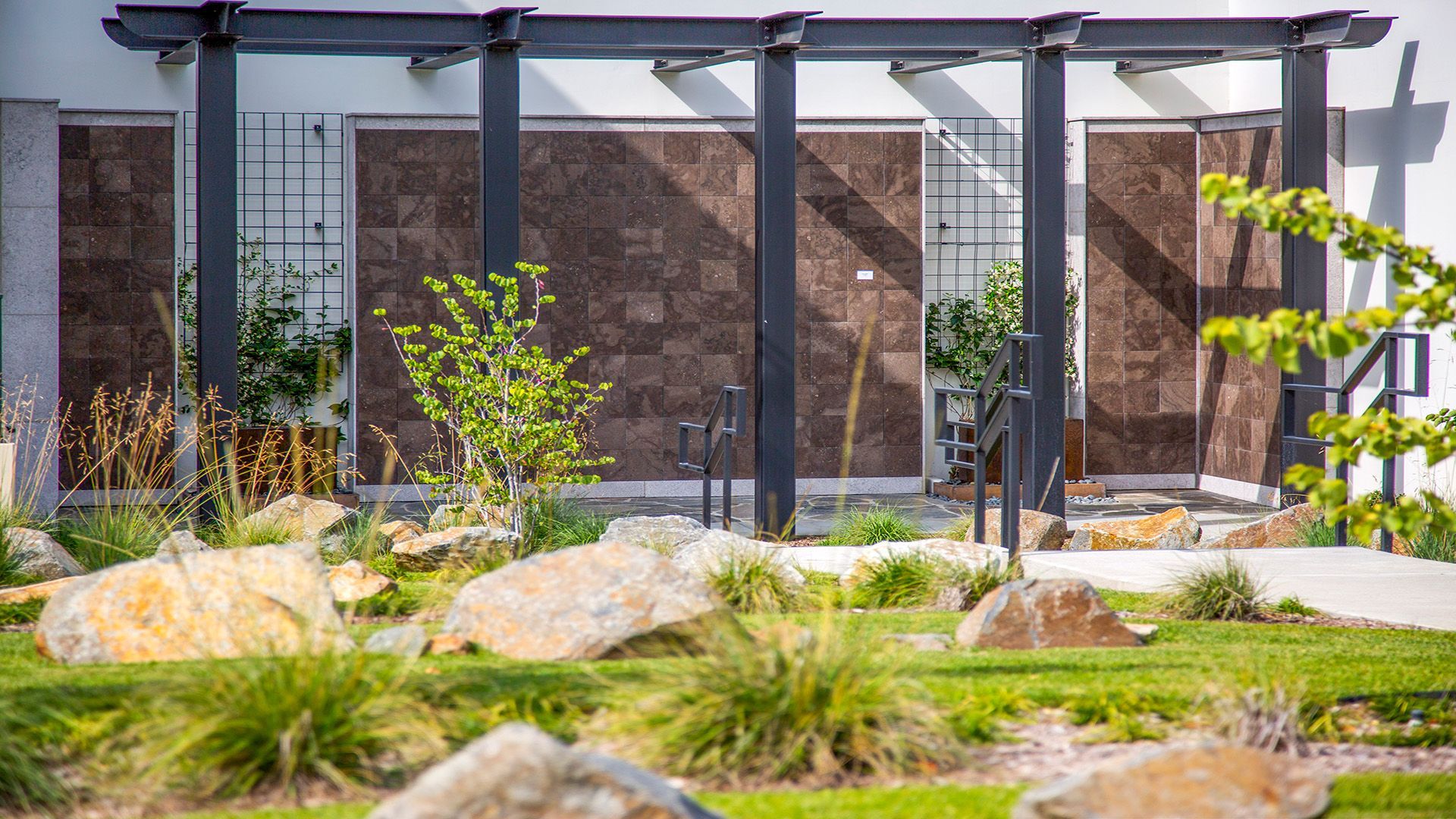How to Support Grieving Loved Ones
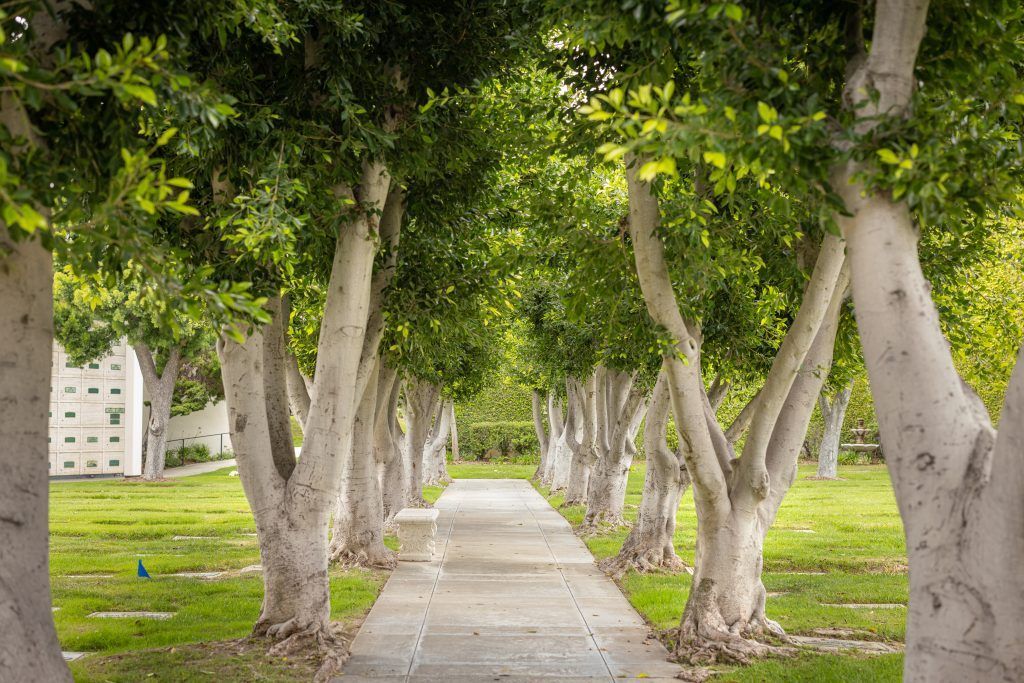
When someone close to us loses a loved one, it can feel overwhelming, both for them and for us. We often feel powerless to help, unsure of what to say or do in the face of such deep sadness. However, while grief can’t be “fixed,” there are practical steps we can take to be a compassionate and steady support system for those in mourning. Offering kindness, patience, and understanding in the days, weeks, and even months following a loss can make a difference.
How to Support Loved Ones After a Loss
In the immediate aftermath of a loved one’s passing, small but meaningful gestures can provide essential comfort. If you have a close relationship with the grieving person, consider visiting them in person, even if it’s just to sit quietly together. Sometimes, your presence alone is enough. Offering practical help, like preparing meals or leaving them for the family, are other thoughtful ways to lighten their load. When you offer condolences, simple ones are best: “I’m so sorry for your loss” or “I can’t imagine how hard this must be for you” are sensitive and respectful. Avoid clichés such as “They’re in a better place” or “Everything happens for a reason,” as these statements may unintentionally minimize their grief. Instead, validate their feelings by acknowledging their pain. Grief is complex, and people need time to process their emotions, so be patient, offer support without rushing them through their mourning.
As time passes, it’s important to continue checking in on your loved one. Grief doesn’t follow a predictable timeline, and the weeks or even months after the funeral can be especially difficult. Reaching out regularly shows that you’re still there, even after the initial outpouring of sympathy has faded. A simple text, a phone call, or an invitation to meet for coffee or a walk can help them feel less isolated. Sometimes, just offering to be a companion for everyday activities like going for a walk, running errands, or grabbing lunch can provide a comforting distraction and remind them they are not alone in their sorrow. Tell them you can listen, but don’t pressure them to talk if they’re not ready. It’s also helpful to acknowledge milestones, like the death anniversary or the deceased’s birthday, as these dates can bring up fresh waves of grief.
How to Continue Supporting a Grieving Loved One
Even months after the loss, your continued support remains vital. Many people feel abandoned in the long-term stages of grief as others move on with their lives. The healing journey is often a long and winding road, and your ongoing presence can offer much-needed reassurance. Check-in with your friend or family member regularly, and let them know you’re there, whether they want to share memories, sit in silence, or simply be around someone who understands. If you can, offer help with tasks that may feel overwhelming, such as helping them organize their home or helping them with financial paperwork related to their loss.
Find Grief Support Resources at Hillside Memorial Park and Mortuary
At Hillside Memorial Park and Mortuary, we understand the emotional weight of loss, so we are committed to offering both services for those experiencing grief and educational resources to the Los Angeles community. We are here not only to help with funeral and memorial services but also to provide guidance on navigating the complexities of grief. Our compassionate team offers support through every step of the mourning process, ensuring that no one has to grieve alone.
If you or someone you know is struggling with grief, our team at Hillside Memorial Park and Mortuary is here to help. Contact us today for compassionate support and resources at (310) 641-0707 or https://www.hillsidememorial.org/contact-us/.
